Sign up for Lesson Plans, discounts & more!
The Silicates
Building Blocks of The Earth’s Crust
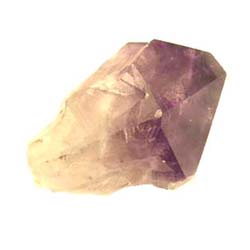
Silicates are the most widespread of the minerals. They are made up of oxygen and silicon the number one and number two most abundant elements in the earth's crust. By themselves they make up over 90% of the weight of the earth’s crust. Most rocks are composed mainly of this class of minerals.
The quartz family of minerals are the most recognizable of this class. Amethyst pictured at the right belongs to this family, as does rose quartz, smokey quarts, citrine, and all of the agates
There are two forms of silicate when looking at their chemistry:
- felsic-The fel stands for feldspar while the sic represents silica. They form in granites and are lighter in weight and color than other silicates because they have less iron and magnesium. Quartz, micas, and the K-feldspars are noteable members of this group.
- mafic- Ma stands for magnesium and fic is for iron (ferric). This group of silicates usually form in magmas moving up to fill the gap left when tectonic plates are moving away from each other in the sea floor. Basalt and gabbro are of this type. Olivine and pyroxene are also in this group. They are relatively dense and dark They are called ultra mafic. Plagioclase feldspars are mafic silicates that have calcium and sodium as part of their chemical composition.
- Nesosilicates (single tetrahedrons)
- olivene
- topaz
- garnets
- howelite
- kayanite
- Sorosilicates (double tetrahedrons)
- epidot
- hemimorphite
- Inosilicates (single and double chains)
- Single chain
- rhodonite
- jadeite
- Double chain
- actinolite
- Single chain
- Cyclosilicates (rings)
- Beryl
- tourmaline
- Phyllosilicates (sheets)
- mica
- biotite
- talc
- chrysocolla
- Tectosilicates (frameworks)
- quartz
- feldspars- labradorite, microcline, amazonite
How many of these can you pick out of the chart below?
Silicate Minerals |
||
Felsic Silicate Minerals |
||
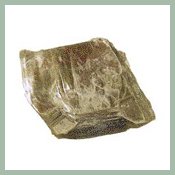 |
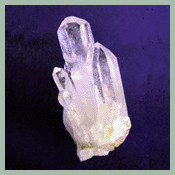 |
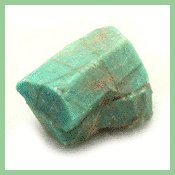 |
Mica Mica is a metamorphic mineral. The many variations come from the diverse ways it formed. Mica formations are associated with volcanoes and hydrothermal vents. |
Quartz Quartz is one of the most common of all minerals that make up the continental crust. It is found in igneous, metamorphic, and sedimentary rocks. |
Amazonite Amazonite is a beautiful green variety of microcline feldspar. Its chemical formula is KAlSi3O8 , potassium aluminum silicate. |
Mafic Silicate Minerals |
||
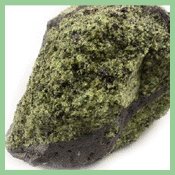 |
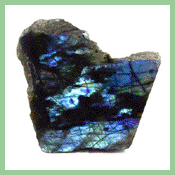 |
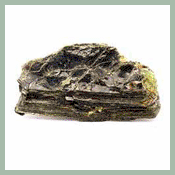 |
Olivine Olivine is a magnesium iron silicate, and falls into the nesosilicate class. Gem quality crystals are called peridot. |
Labradorite Labradorite is a feldspar mineral and so is a tectosilicate. It is valued for its beauty. |
Biotite Biotite is a member of the mica branch of the silicate mineral group. It is common as a rock-forming mineral. |
Back to The Gallery of Minerals

INTERESTED IN MORE? IF SO, YOU MAY WANT TO CHECK OUT OUR OTHER SITES:
fossilicious.com - Our online fossil and mineral rock shop.
fossils-facts-and-finds.com - An educational site about fossils.











